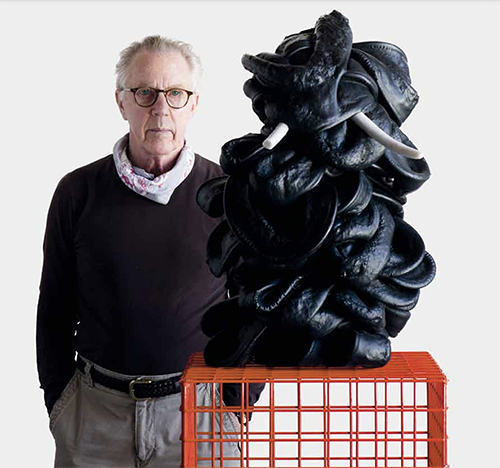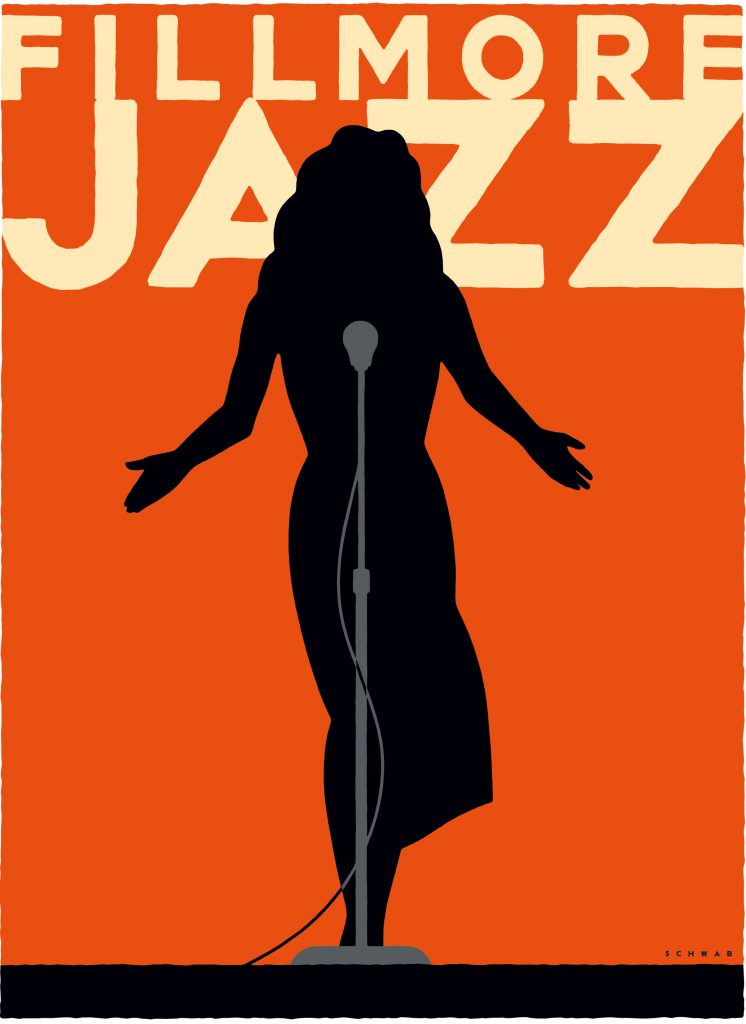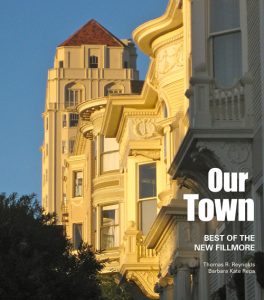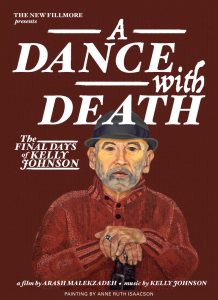
ART | JEROME TARSHIS
In this year’s Venice Biennale, the world’s preeminent art fair, a kind of 21st century surrealism is said to be the dominant artistic tendency. One of the most admired exhibitions of our time is “Surrealism Beyond Borders,” now packing them in at Tate Modern in London after months as a smash hit at the Metropolitan Museum in New York. The point of the show is that surrealism happened in places very far from its first home in Paris and much more recently than the years between the wars.
Although I hesitate to say that everything new begins in San Francisco and then spreads to the larger world, here I consider myself to be on firmer ground. Fifty years ago, not far from Fillmore Street, there was a gallery that anticipated much of what now seems to be the present moment in Venice and elsewhere.
The Upper Market Street Gallery, which began its existence at 2229 Market Street, would later find a new home and a new name on Bush Street near Divisadero. It was founded in 1971 by an interior designer recently arrived from New York, Ron Jehu, together with some artist friends. Although much of the art and many of the artists can be thought of as decidedly marginal in one way or another, Jehu himself had a blue-chip practice.
Among the jobs he did were decorating the presidential suite of the Waldorf-Astoria Hotel and sourcing furniture for the White House. The Upper Market Street Gallery, on the other hand, was a scene of the greatest informality. Jehu’s Weimaraner, Casey, tended to leap at me in the most frenzied way, and the artists and assorted visitors to the gallery were themselves a fairly spontaneous lot. The gallery showed far more women artists than was usual at the time and was an epicenter of gender strangeness. It was the kind of place where members of the Cockettes, an acid-drag musical group by now legendary but then an everyday presence in San Francisco, would fit right in. The latter-day surrealism aspect was also there.
In the case of Steven Arnold, one of Jehu’s artists, the connection was more direct. By sheer chance Arnold, a morally serious man who was at the same time a gifted if ambivalent self-promoter, came to the attention of Salvador Dali, one of the European surrealists of the 1930s and himself no shrinking violet when it came to getting publicity. After they met at a film showing at the Whitney Museum in New York, Dali took Arnold up as a protege and in 1974 invited him to Spain to help design the private museum that was to become Dali’s monument in his native Catalonia.
After its beginnings on Market Street, the gallery moved South of Market and then, renamed the Ron Jehu Gallery, later the Jehu-Wong Gallery, settled into Jehu’s longtime office space at 2719 Bush Street, between Divisadero and Baker. Jehu closed the gallery in the 1980s and died in 2007. His former business partner Wylie Wong, still alive and healthy, has become a private dealer in Asian art.
Today my connection with Ron Jehu’s galleries is for the most part a matter of pleasant memories. But one of his artists, Pepo Pichler, an Austrian who moved to San Francisco in the 1970s, continues to be a part-time resident of the neighborhood. He became and remains a friend whose art I still enjoy.
A recent series of sculptures, made of recycled plastic, addresses one of the most vexing problems of our time: Plastic will last pretty much forever. Pichler’s plastic sculpture is a solution that doesn’t promise to save the oceans, but it does make an ironic point: Plastic would be merely one more difficulty of our troubled times if we thought of it as waste. If we think of it as art, its durability is a plus rather than a minus.
Since 1992 Pichler has divided his time between San Francisco and the part of Austria where he grew up. For much of the year he and his wife, Anita Mardikian, live in Schloss Schmelzhofen, a renovated castle of 70-odd rooms, with outbuildings that include Pichler’s studio.
During the colder months they live in an apartment on Divisadero, picking up the threads of what used to be a year-round life. The neighborhood has changed since the early 1970s, but residents like Pepo Pichler can remind us of a time when it attracted some of America’s most innovative artists and galleries.
Filed under: Art & Design




